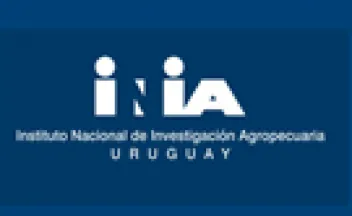La consideración de la tecnología en sistemas ganaderos de basalto.

RESUMEN. El estudio analiza la realidad de los productores ganaderos de basalto (Uruguay), una de las regiones del país que concentra mayor número de productores y que, además, debido a sus características agroecológicas, tiene especial consideración dentro de las políticas públicas. El objetivo del trabajo consistió en evaluar los distintos aspectos que inciden en la adopción y apropiación tecnológica, incluyendo los criterios que se siguen para la toma de decisiones. Para su concreción se utilizaron métodos cualitativos y cuantitativos.
